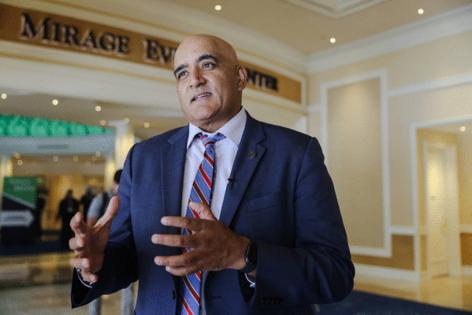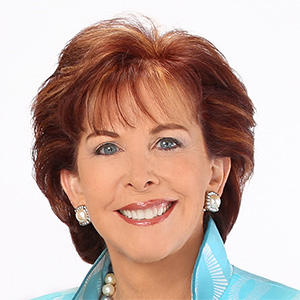US Transportation Department announces ambitious, high-tech roadway safety plan
Published in Business News
WASHINGTON — The U.S. Department of Transportation announced Friday an ambitious plan to deploy new, interconnected safety technology in cars and on roadways across the country between now and 2036.
The plan promises to make use of vehicle-to-everything or "V2X" technology, an umbrella term referring to the real-time transfer of data between vehicles, stationary infrastructure, personal smart devices and more. That data can be used to create safety alerts for drivers, enable advanced vehicle safety features that prevent crashes and improve traffic flows.
"I am unaware of a more significant technology deployment that we can do, other than V2X, right now, that can help save lives and make people's lives better," Shailen Bhatt, head of the Federal Highway Administration, said during an event at the U.S. DOT headquarters in Washington.
Widespread rollout of V2X — already used in a limited capacity in some vehicles and roadways in the United States and elsewhere — has been a goal of safety advocates for years. It requires significant funding and coordination between automakers, device-makers and public transportation agencies at every level of government, but officials and stakeholders said it is an effort well worth making to reduce the tens of thousands of roadway deaths nationwide every year.
"In order to equip the infrastructure that is out there, it is going to require tens of millions of dollars of investment," Bhatt said, acknowledging the challenges of making V2X pervasive beyond pilot programs in select states or cities. "But I would also say that we spend tens of billions of dollars every year on our transportation system."
"I would just say that nothing in this world that is worth doing is easy," he added. "But we don't come to do easy things. We come to do hard things, and these are the things that we should fight for."
John Bozzella, who leads the Alliance for Automotive Innovation, celebrated the announcement as an important milestone. The alliance is a trade group representing all the major automakers in the United States except for Tesla Inc. and serves as the industry's primary voice on government affairs.
"This deployment plan is a big deal," Bozzella said. "I'm more optimistic than I've been in a long time about our collective ability to realize this lifesaving potential of V2X technology in the U.S."
The plan is broken into three phases.
The first phase, from 2024 to 2028, includes deploying V2X technology on 20% of the National Highway System, adding V2X technology at a quarter of all intersections in the country's 75 largest metro areas and recruiting at least two major automakers to begin installing devices in their vehicles that communicate using the 5.895-5.925 GHz frequency reserved for V2X transmissions.
The second phase, from 2029 to 2031, seeks to boost deployment to 40% of highways and half of intersections in major metro areas. The agency also wants at least five consumer vehicle models to include V2X devices.
The final phase, from 2032 to 2036, includes the deployment of V2X on all highways and 85% of intersections in major metros, plus in-vehicle commitments from six automakers.
"There's more work to be done," Bozzella said. He specifically pointed out the need for final technical rules from the Federal Communications Commission to facilitate V2X, though he made sure to commend federal officials again for their work thus far.
"Thank you to the Department of Transportation for this important plan and for your leadership," he said. "It matters."
______
©2024 www.detroitnews.com. Visit at detroitnews.com. Distributed by Tribune Content Agency, LLC.












Comments